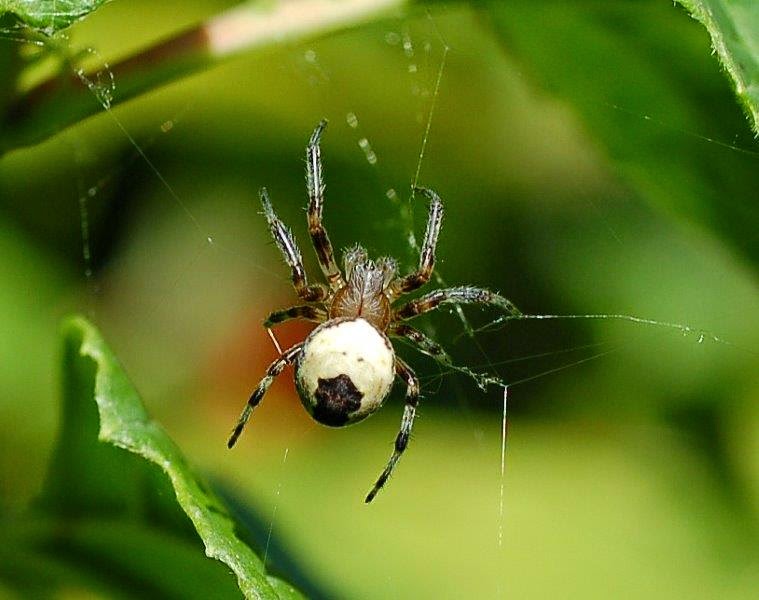 |
| BBC Countryfile film at the GWCT's farm at Loddington, for the forthcoming BFBC in February |
I spent Friday with GWCT colleagues Jim Egan and Phil Jarvis
filming a piece for BBC Countryfile, all about the forthcoming Big Farmland
Bird Count (BFBC). The GWCT farm at Loddington in Leicestershire hosted the day
and some local farmers came along to attend the bird ID training event and to
talk to the programme as well.
I must say that the presenter Ellie Harrison and the crew were all charming and helped along
by bright sunshine all day, seemed to get what they wanted for the programme
which will go out on the 8th of February.
Countryfile presenter and
farmer Adam Henson, will also be filmed doing the BFBC on his own farm in the
Cotswolds, helped by a good friend of mine, Neil Harris of Natural England – so
no miss identification there as Neil is a top notch birder!
Last year saw the launch of this GWCT inspired bird count and 500 farmers
took part, but already this year with excellent support from a wide range of other countryside based organisations, around 1600 people have downloaded the count forms from our
website, so hopefully there will be loads of binoculars focussed on an
assortment of species between the 7th & 14th of
February – the count week.
So make sure you watch the programme and also find just half
an hour to get out onto the farm and note down the species of birds that you
spot. Send in your results to the GWCT and we will make sure that we get lots
of good publicity on your behalf – lets show just how much is happening on
farms for wildlife!


